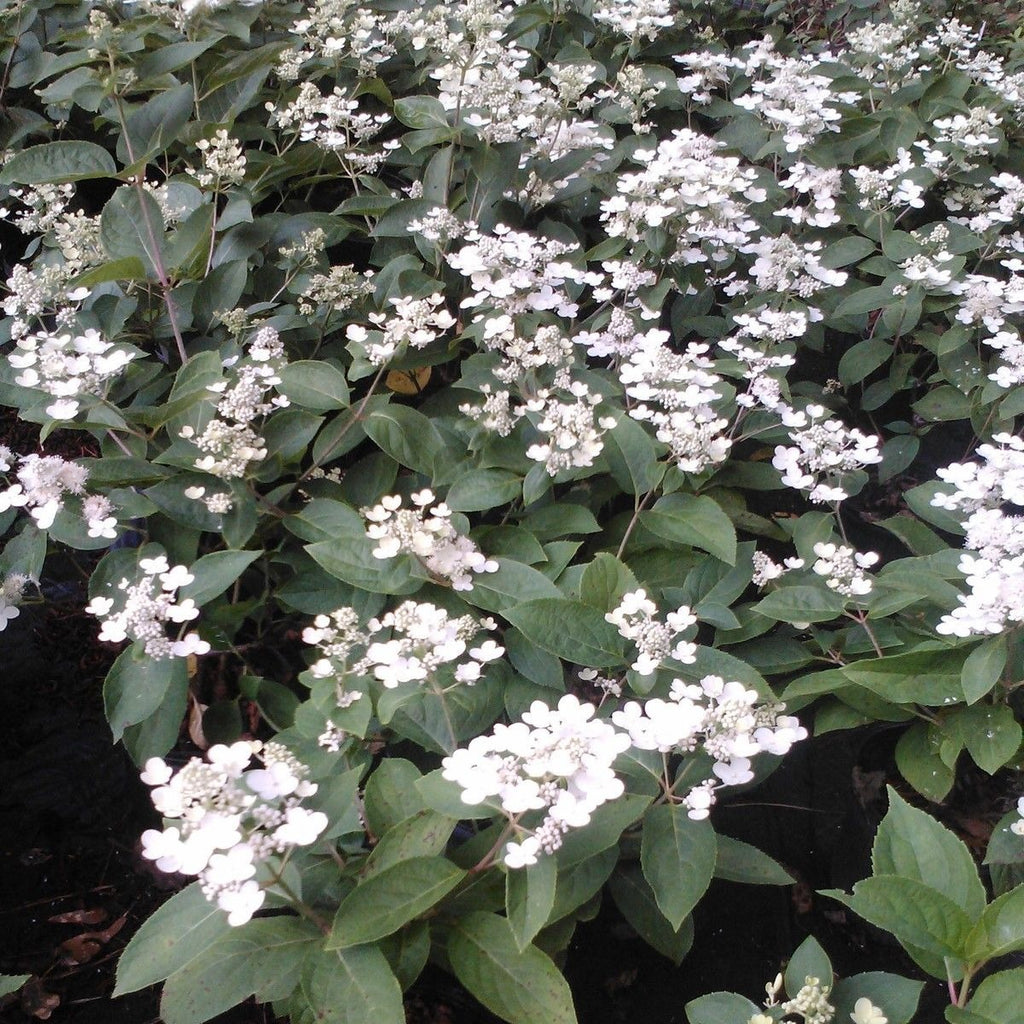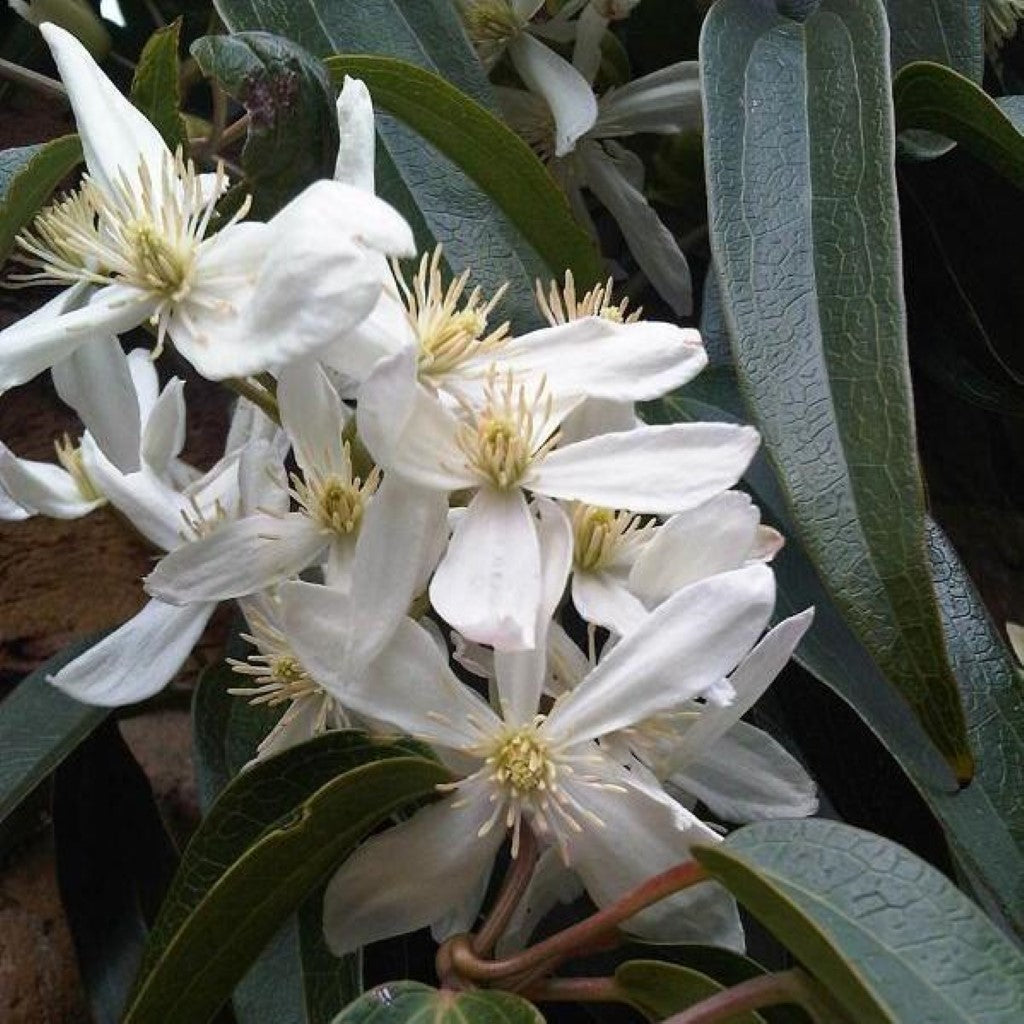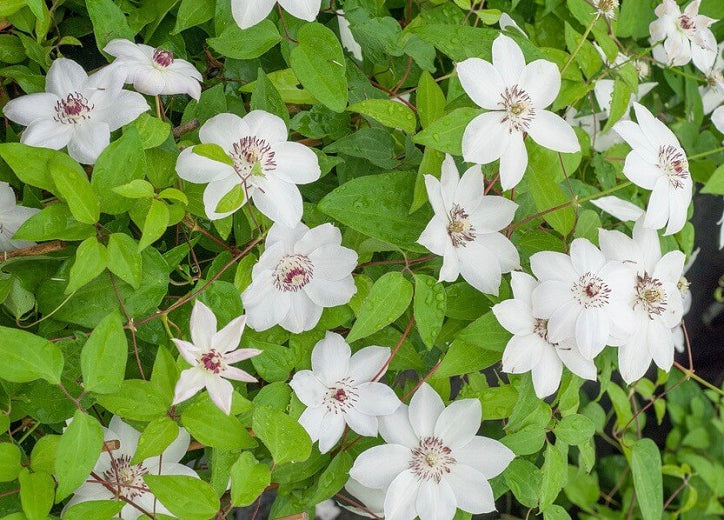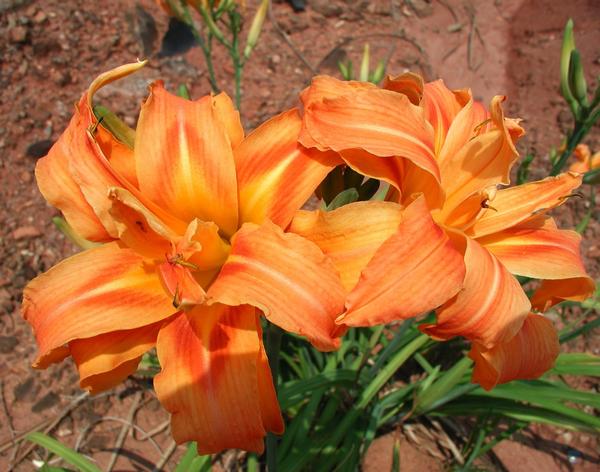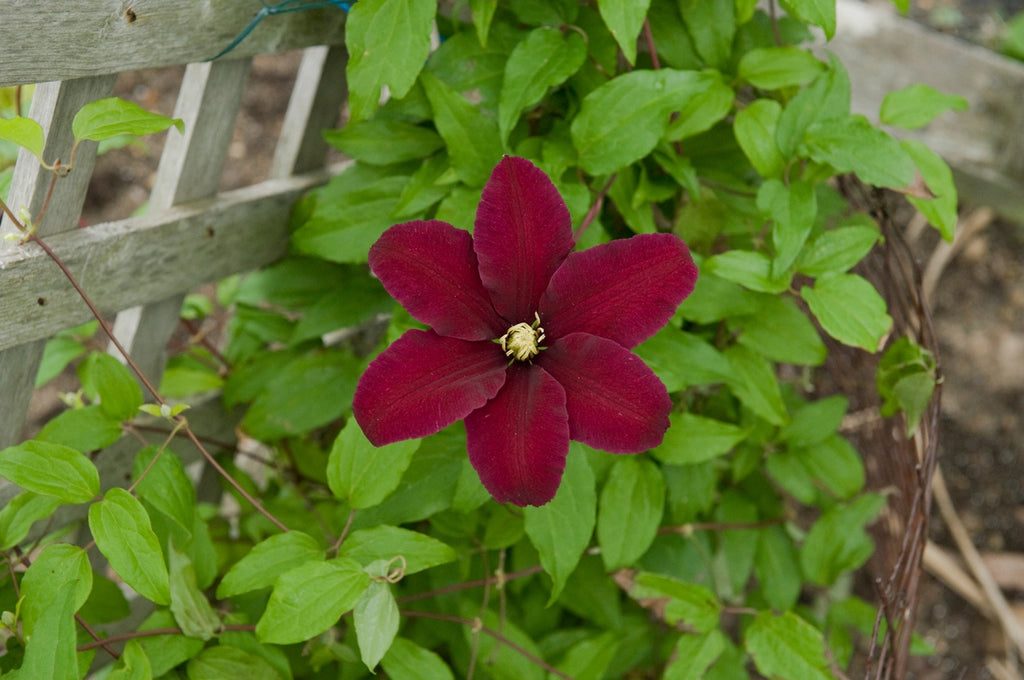Clematis is a genus of flowering plants in the buttercup family, Ranunculaceae. These plants are known for their beautiful, showy flowers that come in a wide variety of colors, shapes, and sizes. Clematis vines are popular in gardens and landscapes for their ornamental value, and they can be trained to climb trellises, fences, arbors, and other structures.
Clematis flowers have a unique structure with sepals that resemble petals, giving them a distinct appearance. The genus includes both herbaceous perennials and woody climbers, and they can be found in various parts of the world, including North America, Europe, and Asia.
Cultivating and caring for clematis can vary depending on the specific species or cultivar, but in general, they prefer well-draining soil, moderate moisture, and a location with good sunlight. Pruning requirements can differ between different types of clematis, so it's important to know the specific variety you have in order to provide proper care.
Clematis can add a touch of beauty and elegance to gardens and outdoor spaces, and they are often chosen for their ability to cover vertical surfaces with their lush foliage and vibrant blooms.
Certainly! Here are some popular varieties of clematis, along with their general growing zones and blooming seasons:
1.Clematis 'Nelly Moser
- Growing Zones: 4-9
- Blooming Season: Late spring to early summer, and sometimes a second flush in early fall.
- Description: Large, pale pink flowers with a darker pink stripe down the center of each petal.
2. Clematis 'Jackmanii
- Growing Zones: 4-8
- Blooming Season: Summer to early fall.
- Description: Deep purple-blue flowers that can reach up to 6 inches in diameter.
3. Clematis 'Henryi'
- Growing Zones: 4-9
- Blooming Season: Late spring to early summer, and sometimes a second flush in early fall.
- Description: Large, white flowers with creamy centers and chocolate-colored anthers.
4. Clematis 'Sweet Autumn' (Clematis terniflora)
- Growing Zones: 4-9
- Blooming Season: Late summer to fall.
- Description: Small, fragrant white flowers that cover the vine in a mass of blooms.
5. Clematis 'Rouge Cardinal
- Growing Zones: 4-9
- Blooming Season: Late spring to early summer, and sometimes a second flush in early fall.
- Description: Deep red flowers with contrasting yellow stamens.
6. Clematis 'Arabella'
- Growing Zones: 4-9
- Blooming Season: Summer to early fall.
- Description: Small, blue-violet flowers with contrasting yellow centers.
7. Clematis 'Comtesse de Bouchaud'
- Growing Zones: 4-8
- Blooming Season: Late spring to early summer, and sometimes a second flush in early fall.
- Description: Pink flowers with a darker pink bar down the center of each petal.
8. Clematis montana
- Growing Zones: 6-9
- Blooming Season: Spring.
- Description: Large clusters of small, fragrant pink or white flowers.
9. Clematis 'Niobe'
- Growing Zones: 4-9
- Blooming Season: Late spring to early summer, and sometimes a second flush in early fall.
- Description: Deep red, velvety flowers with cream-colored stamens.
10. Clematis 'Ernest Markham'
- Growing Zones: 4-8
- Blooming Season: Late spring to early summer, and sometimes a second flush in early fall.
- Description: Vibrant magenta-red flowers with contrasting yellow stamens.
It's important to note that specific growing zones and blooming times can vary depending on local climate conditions. Always consult with local gardening resources or experts to determine the best varieties and care practices for your specific area.


